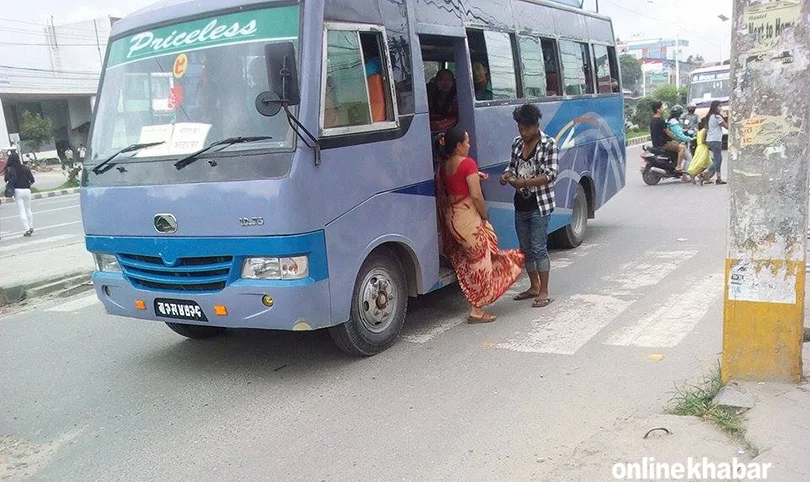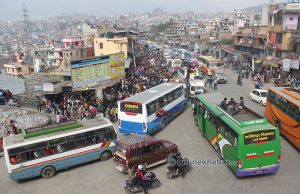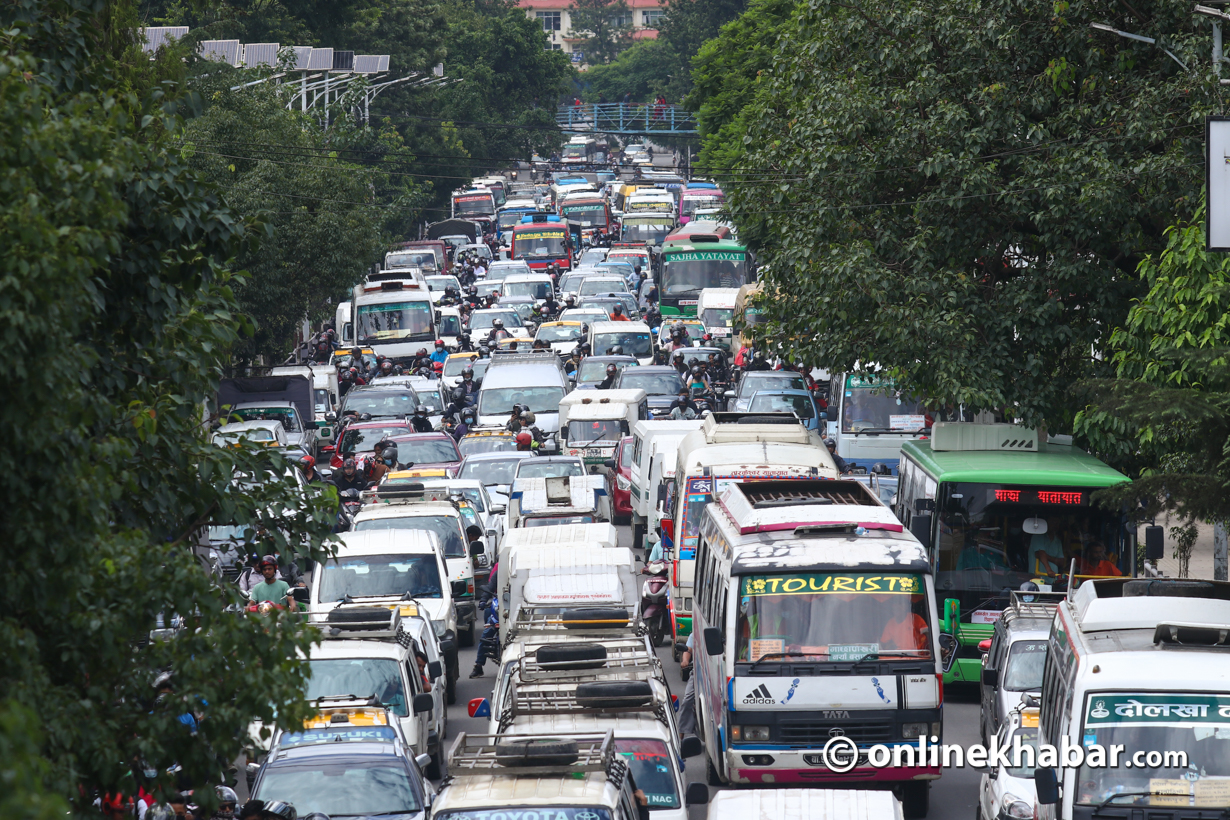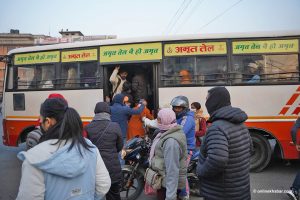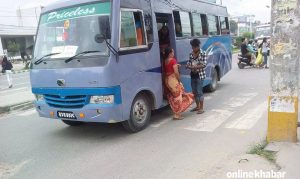It has been around a year since ‘smart travel cards’ were first introduced in the Kathmandu valley. The use of this electronic card started from 10 buses of Sajha Yatayat on the Lagankhel-Naya Buspark route after a long test.
Sajha Yatayat had aimed to expand the use for collecting fares on all its buses. However, the result after a year is rather upsetting today: the use of the cards has now become nominal.
Even before Sajha, this technology was adapted on city buses operated by Global Metro City Bus Company in Bharatpur, Chitwan, and other 800 buses in Pokhara metropolitan city. But, the use of rechargeable travel card and e-ticketing in both places has already come to a halt now.
These examples show efforts to introduce e-payment systems have repeatedly failed in Nepal’s public transport. But, why?
Major issues
Most transport companies share similar experiences with smart travel cards. According to them, during the start of the e-payment service, passengers buy smart travel cards albeit in small numbers. However, due to the problems of recharging the card and recurring technical problems while making payments, most of them again switch to traditional cash payments.
Bhushan Tuladhar, a board member at Sajha Yatayat says, “For numerous reasons, things didn’t work as we had thought. However, this is the way to go in the future, but various challenges have hampered its implementation.”
According to Badri Adhikari, the chairman of the Global Metro City Bus Company, passengers of Chitwan accepted this system initially as more than two thousand cards were distributed then. However, there was a problem with the payment system. Consequently, passengers were forced to pay in cash as the network did not work while using cards for payment.
Adhikari further adds, “Even the IT companies that brought this technology were not accountable for solving this problem.”
Similarly, in Pokhara, although e-payment started after the Pokhara metropolitan city itself made a separate law to implement e-ticketing, transport entrepreneurs did not show any interest in it, citing reasons such as the short battery life of the ticketing machines and other technical issues. The merger of Om Development Bank, a banking and card partner, with the NMB Bank, also added more challenges to the adaption of this system.
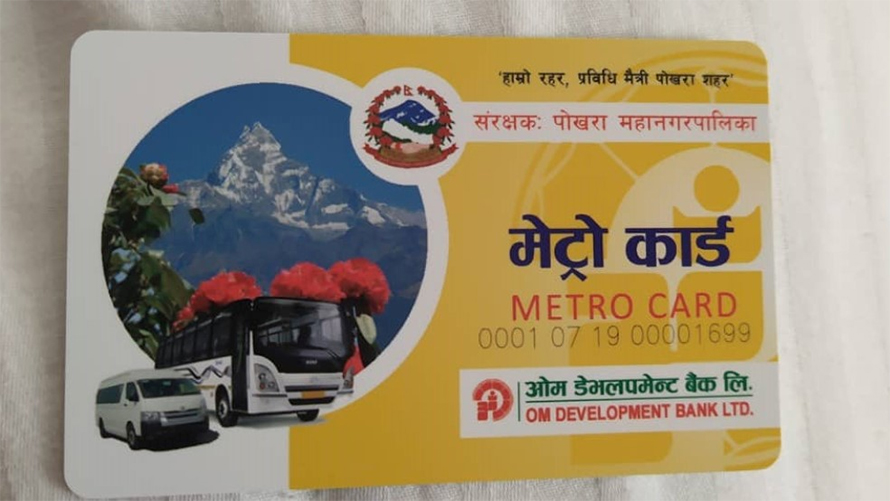
Also, many passengers did not show interest in this as the travel card can be used only on a few buses. Further, those who did not use regular public transportation did not want to buy expensive travel cards. As there is no provision of refund, some passengers even feared that the amount in their travel card would go to waste.
Adhikari also views smart cards not being made mandatory by the government as also one of the reasons for the failure. On top of that, the transport entrepreneurs have complained that banks have not made easy arrangements to withdraw the money deposited in the bank account from the fares.
Therefore, the transporters also insisted on collecting cash from passengers.
Besides, because the number of people carrying the card was very few, the conductors had to collect fares in both systems making the job more tiresome.
Entrepreneurs claim that some drivers and conductors, who had the habit of pocketing some of the daily fares for themselves, have not even encouraged the passengers to use the cards.
So, what can be the possible solution?
Ashish Gajurel, a public transport expert, questions, “How can the system be successful if a passenger who gets off the Sajha Yatayat bus at Ratnapark by paying the fare from the smart card has to take another bus to Budhanilakantha and pay cash again?”
He suggests that until and unless all the public transport vehicles get into the same system, it will not be a success.
Meanwhile, Tuladhar opines it is difficult to promote electronic payment in public transport unless an integrated system is launched with the cooperation of transport service providers, banks and financial institutions, information technology (IT) companies, and the government.
He further stresses, “The government should invest in developing integrated and firm strategies and the same infrastructures for the electronic payment system. This will allow passengers to pay with the same card whenever they board a bus.”
After the use of the smart travel cards was stopped, Sajha Yatayat is in a state of indecisiveness on how to proceed further, he says.
Tuladhar understands that the technology of scanning QR codes, which has been started in some of the buses and tempos, will be quite burdensome for passengers as it requires an internet connection to make the payment.
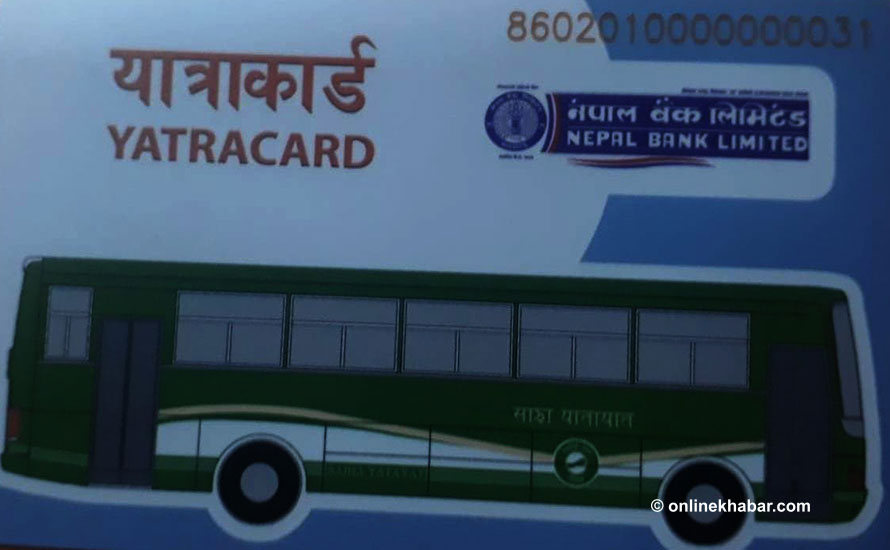
Benefits of e-payment
Public transports experts suggest if e-payment can be promoted, the passengers should not have to pay more than the fixed fares, hence they will not be deceived. For example, at present, the fare for a bus ride of up to four km in Kathmandu is Rs 14, but public transport charges Rs 15. Once the new system is there, one rupee is saved for each travel. Expert Gajurel also says the conductors will stop taking more money from the passengers on the pretext of not having change.
Similarly, there will be proper statistics of passenger flow on each route, passenger movement rate based on the time period, the trend of use of public transport, and so on. This way, it will be easier to decide whether to increase or cut off the number of buses, decide routes and make various policy decisions, according to Tuladhar.
Gajurel says that for the establishment of a cashless society, e-payments on public transport should be made mandatory.
“Passengers don’t have to worry about congestion, meanwhile, they will also save time,” he adds, “It also frees the owners from the risk of (income) leakage.”



